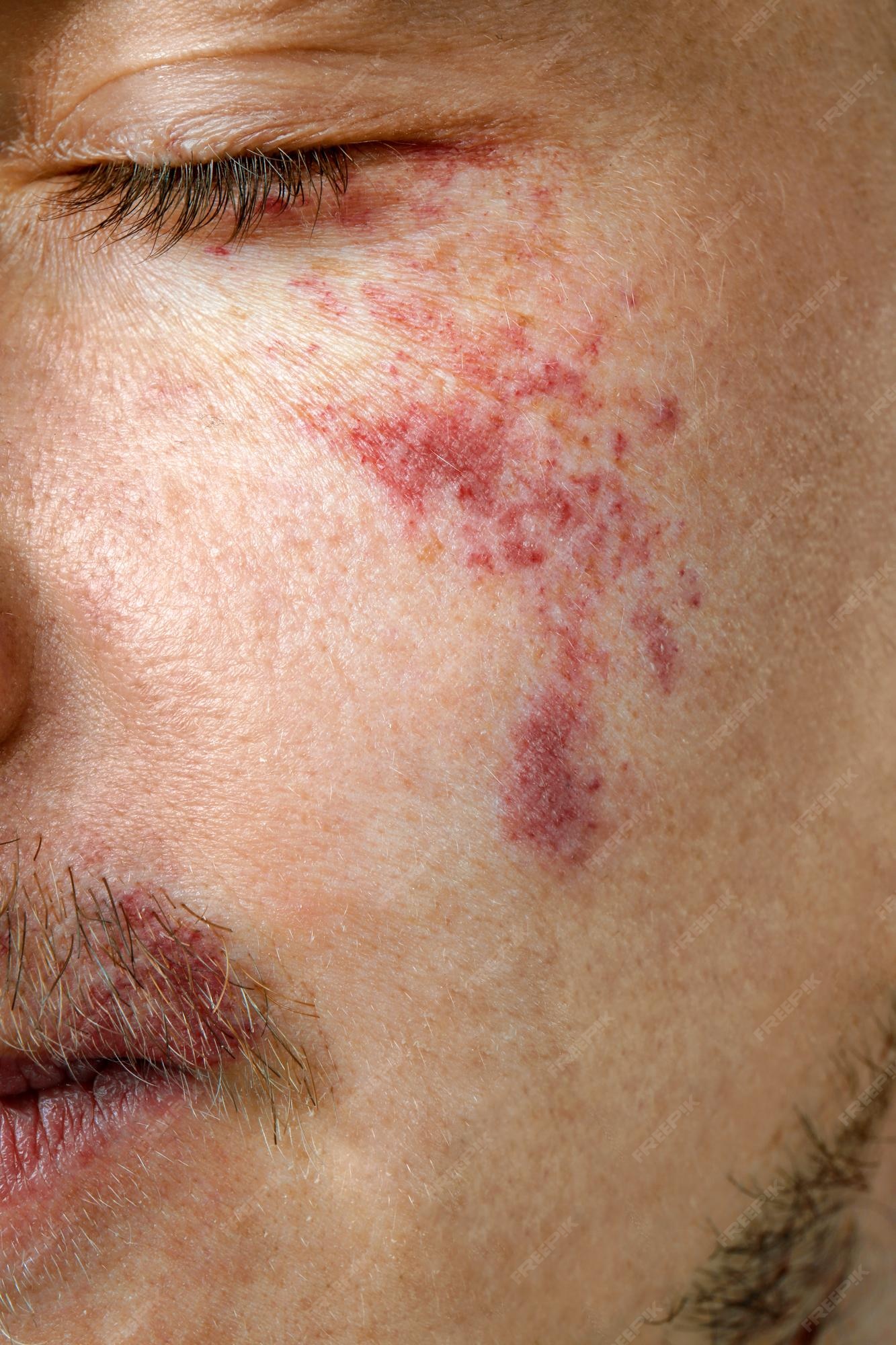
Introduction
Red raised birthmarks, also known as hemangiomas, are a common occurrence in newborns and infants. These innocuous-looking vascular anomalies often raise questions and concerns among parents. In this comprehensive guide, we will delve into the fascinating world of red raised birthmarks. From their causes and types to treatment options and everything in between, we aim to provide you with a thorough understanding of this intriguing topic.
Understanding Red Raised Birthmarks
What Are Red Raised Birthmarks?
Red raised birthmarks, or hemangiomas, are benign growths of blood vessels in the skin. They typically appear shortly after birth and can vary in size and appearance. These birthmarks are typically red or pink in color and have a raised, bumpy texture.
Types of Red Raised Birthmarks
- Superficial Hemangiomas (Strawberry Hemangiomas):
- Often develop on the surface of the skin.
- Can grow rapidly during the first few months.
- May resolve on their own without treatment.
- Deep Hemangiomas:
- Develop in the deeper layers of the skin.
- Appear bluish or purplish in color.
- Tend to grow more slowly but can be more persistent.
- Mixed Hemangiomas:
- Combine features of both superficial and deep hemangiomas.
- Can be challenging to treat.
What Causes Red Raised Birthmarks?
The exact cause of red raised birthmarks is not fully understood. However, research suggests that they occur when blood vessels do not form properly. Some factors that may contribute to their development include genetics and hormonal changes during pregnancy.
Diagnosis and Medical Evaluation
If your child has a red raised birthmark, it’s essential to consult a pediatrician or dermatologist for a proper diagnosis. They will typically examine the birthmark’s size, location, and appearance to determine the appropriate course of action.
Treatment Options
Observation
In many cases, red raised birthmarks require no treatment. Physicians may recommend a “wait-and-see” approach, as many hemangiomas shrink and fade over time.
Medications
For more problematic or rapidly growing hemangiomas, doctors may prescribe medications like beta-blockers to help reduce their size and promote regression.
Laser Therapy
Laser therapy can be effective in treating certain types of birthmarks. It works by targeting the blood vessels within the hemangioma, causing them to shrink.
Living with Red Raised Birthmarks
It’s important to remember that red raised birthmarks are usually harmless. However, they can sometimes cause discomfort or self-esteem issues, especially when they are in visible areas. Support from medical professionals and loved ones is crucial for individuals with birthmarks.
Conclusion
In conclusion, red raised birthmarks, or hemangiomas, are a common occurrence in infants. While they may cause concern, most hemangiomas resolve on their own or respond well to treatment. It’s essential for parents and caregivers to seek medical guidance when dealing with these birthmarks, as early intervention can often lead to better outcomes.
Frequently Asked Questions (FAQs)
- Are red raised birthmarks painful?
- Red raised birthmarks are typically not painful, but they can become uncomfortable if they ulcerate or interfere with daily activities.
- Can red raised birthmarks be cancerous?
- No, red raised birthmarks are benign and not cancerous.
- Do red raised birthmarks always require treatment?
- Are there any natural remedies for red raised birthmarks?
- While some people explore natural remedies, it’s essential to consult with a healthcare professional for safe and effective treatment options.
- Is it possible to remove red raised birthmarks entirely?
- Complete removal is not always possible, but various treatments can significantly reduce their appearance.
